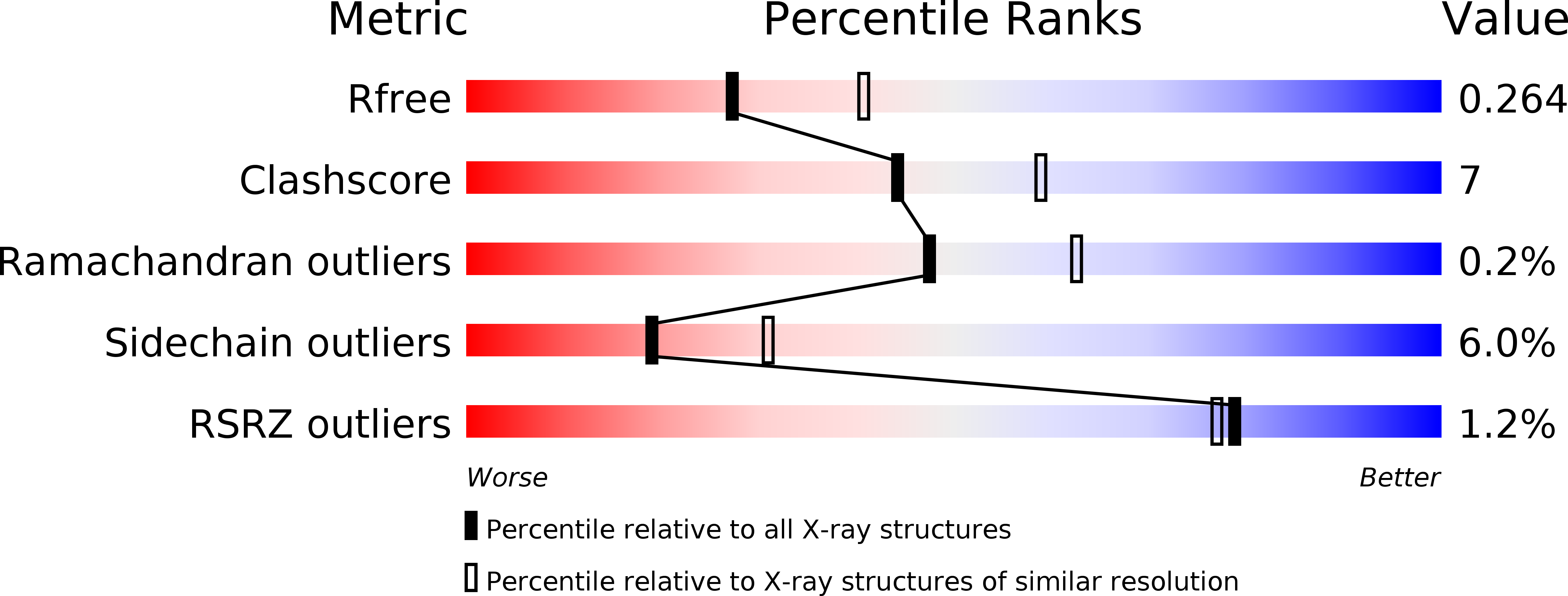
Deposition Date
2011-01-31
Release Date
2011-10-12
Last Version Date
2024-11-20
Entry Detail
Biological Source:
Source Organism:
Escherichia coli UTI89 (Taxon ID: 364106)
Host Organism:
Method Details:
Experimental Method:
Resolution:
2.40 Å
R-Value Free:
0.26
R-Value Work:
0.20
R-Value Observed:
0.20
Space Group:
C 1 2 1


